-
 bitcoin
bitcoin $110918.433029 USD
-1.69% -
 ethereum
ethereum $3996.872473 USD
-2.43% -
 tether
tether $1.000594 USD
0.00% -
 bnb
bnb $1178.871834 USD
-2.38% -
 xrp
xrp $2.413973 USD
-3.47% -
 solana
solana $194.341461 USD
-4.24% -
 usd-coin
usd-coin $0.999963 USD
-0.03% -
 tron
tron $0.320092 USD
0.92% -
 dogecoin
dogecoin $0.196919 USD
-3.42% -
 cardano
cardano $0.669585 USD
-3.63% -
 hyperliquid
hyperliquid $37.485952 USD
-3.58% -
 ethena-usde
ethena-usde $1.000026 USD
-0.02% -
 chainlink
chainlink $18.018220 USD
-5.13% -
 bitcoin-cash
bitcoin-cash $523.879267 USD
-2.41% -
 stellar
stellar $0.324655 USD
-3.67%
What are the fees for swapping crypto in Exodus Wallet?
Exodus Wallet swaps incur no direct fees, but users pay network gas fees and third-party markups, which vary by blockchain and liquidity provider.
Oct 11, 2025 at 08:37 am

Understanding Crypto Swap Fees in Exodus Wallet
1. Exodus Wallet operates as a non-custodial cryptocurrency wallet that allows users to swap digital assets directly within the app interface. The platform does not charge direct service fees for executing swaps, but users are required to pay network transaction fees and third-party exchange markups. These costs vary depending on the blockchain network and the liquidity providers used during the swap process.
2. Network fees, also known as gas fees, are determined by the congestion level of the blockchain where the transaction is processed. For example, Ethereum-based swaps typically incur higher fees during peak usage times, while networks like Solana or Polygon may offer lower-cost alternatives. These fees go directly to miners or validators securing the network and are not controlled by Exodus.
3. The actual swap execution is facilitated through integrated third-party exchange aggregators such as 0x, Paradigm, and other decentralized liquidity sources. Each provider applies its own pricing model, which includes a spread or service markup built into the exchange rate. This means users might receive slightly less than the market rate, effectively serving as an indirect fee for the service.
4. Users can view a detailed breakdown before confirming any swap. This includes the estimated amount received, network cost, and the exchange rate offered by the selected provider. Transparency in this pre-transaction summary helps users compare options and avoid unexpectedly high costs.
5. Exchange rates are dynamic and updated in real time based on market conditions and available liquidity. Slippage tolerance is automatically set but can be adjusted manually in advanced settings. High volatility may lead to failed transactions if prices shift beyond acceptable thresholds before confirmation.
Factors Influencing Swap Costs
1. Blockchain selection plays a major role in determining total expenses. Swaps involving Bitcoin or Ethereum generally carry higher network fees compared to those on faster, low-congestion chains like Binance Smart Chain or Avalanche.
2. Token popularity affects liquidity availability. Less common tokens may have fewer trading pairs or deeper slippage, increasing effective costs. Users swapping rare altcoins should expect wider spreads and potential limitations in maximum trade size.
3. Market volatility impacts pricing stability. During sharp price movements, exchange providers may adjust quotes rapidly, leading to re-quotes or rejected trades unless users accept updated terms.
4. Third-party aggregator performance varies. Some partners offer better rates for specific currency pairs, while others specialize in speed or reliability. Exodus routes swaps to optimize for best overall value, though users cannot manually select individual providers.
5. Transaction timing influences network fees. Conducting swaps during off-peak hours on congested networks can reduce gas costs significantly. Monitoring network activity via external tools can help plan more economical transactions.
How to Minimize Swap Expenses
1. Choose alternative blockchains when possible. If both the source and destination tokens exist on multiple chains, opting for a lower-fee network reduces overall cost without compromising security.
2. Split large trades into smaller batches. This approach can mitigate slippage impact and prevent triggering unfavorable rate tiers imposed by liquidity providers.
3. Wait for favorable network conditions. Tools like Etherscan’s gas tracker or Solana’s fee calculator allow users to identify optimal windows for executing transactions with minimal fees.
4. Compare final output carefully before confirming. The preview screen displays all deductions, including network cost and exchange margin. Discrepancies from expected values indicate higher-than-average provider spreads.
5. Use stablecoin pairs for intermediate swaps. Converting volatile assets into stablecoins first—then to the target asset—can sometimes yield better rates due to deeper liquidity pools in USD-pegged markets.
Frequently Asked Questions
What causes a swap to fail in Exodus?Swaps may fail due to insufficient network fees, sudden price changes exceeding slippage tolerance, or temporary unavailability of liquidity from partner exchanges. Failed transactions usually result in a full refund of the original asset minus the non-refundable network fee.
Can I cancel a swap after initiating it?No, once a swap request is confirmed and broadcasted to the network, it cannot be canceled. The transaction must either be processed successfully, fail due to network issues, or expire. Users should double-check all details before approval.
Are there withdrawal fees after completing a swap?Exodus does not impose withdrawal fees. However, transferring funds out of the wallet to another address will require paying standard network transaction fees, which depend on the blockchain used.
Why do swap rates differ between Exodus and centralized exchanges?Decentralized swaps rely on liquidity pools and automated market makers rather than order books. Pricing algorithms, limited pool depth, and embedded provider margins contribute to differences in exchange rates compared to platforms like Binance or Coinbase.
Disclaimer:info@kdj.com
The information provided is not trading advice. kdj.com does not assume any responsibility for any investments made based on the information provided in this article. Cryptocurrencies are highly volatile and it is highly recommended that you invest with caution after thorough research!
If you believe that the content used on this website infringes your copyright, please contact us immediately (info@kdj.com) and we will delete it promptly.
- Navigating the Crypto Storm: Recession-Proof Altcoins to Watch in '25
- 2025-10-17 00:45:16
- Binance, Bitcoin, and Ethereum: Navigating Crypto's Choppy Waters
- 2025-10-17 00:25:12
- Eric Trump, Real Estate Token, and Ownership: A New Era of Investment?
- 2025-10-17 01:05:12
- Gold vs. Bitcoin: Market Cap Showdown and What It Means for You
- 2025-10-17 00:25:12
- ZEN Token's LCX Exchange Listing: What You Need to Know
- 2025-10-17 00:30:01
- Trump Family's Crypto Dynasty: Making America (and Their Wallets) Great Again?
- 2025-10-17 01:05:12
Related knowledge
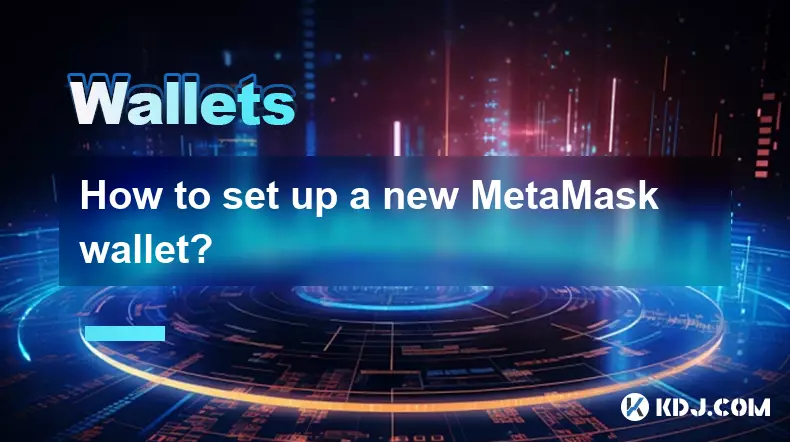
How to set up a new MetaMask wallet?
Oct 16,2025 at 11:37pm
Creating a New MetaMask Wallet1. Navigate to the official MetaMask website or download the MetaMask extension from your browser’s web store. Supported...
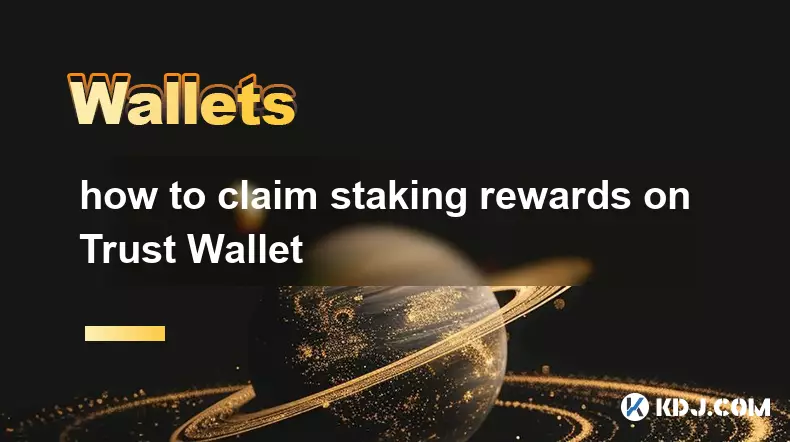
how to claim staking rewards on Trust Wallet
Oct 16,2025 at 02:00pm
Understanding Staking Rewards in Trust Wallet1. Trust Wallet supports staking for various Proof-of-Stake (PoS) blockchains such as Ethereum 2.0, Carda...
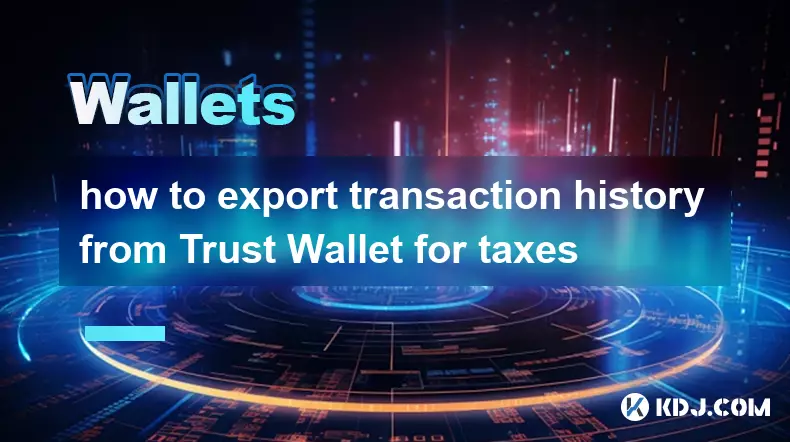
how to export transaction history from Trust Wallet for taxes
Oct 16,2025 at 04:19pm
Understanding Transaction History in Trust Wallet1. Trust Wallet stores all blockchain-based transactions made through its interface, including swaps,...
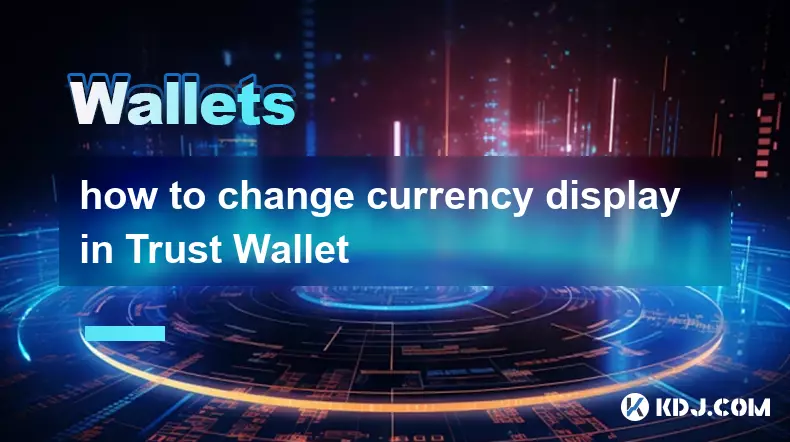
how to change currency display in Trust Wallet
Oct 16,2025 at 02:19pm
How to Change Currency Display in Trust WalletTrust Wallet is one of the most widely used cryptocurrency wallets, offering users a secure and intuitiv...

how to switch networks in Trust Wallet
Oct 16,2025 at 04:37pm
Understanding Network Switching in Trust Wallet1. Trust Wallet supports multiple blockchain networks, allowing users to manage various cryptocurrencie...
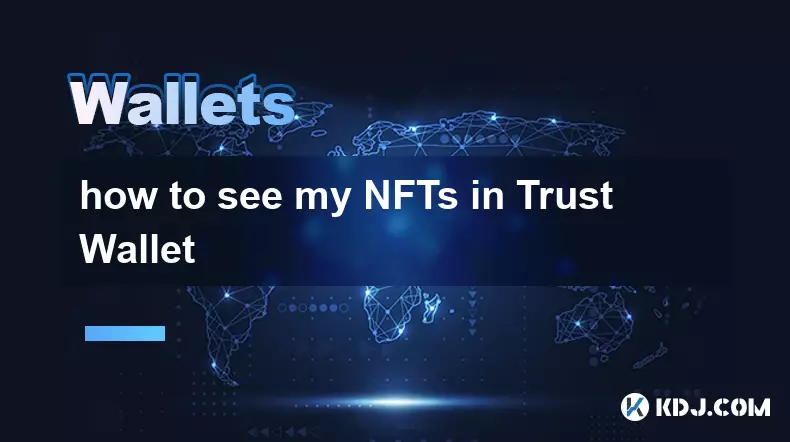
how to see my NFTs in Trust Wallet
Oct 16,2025 at 03:18pm
Accessing Your NFTs in Trust Wallet1. Open the Trust Wallet application on your mobile device and enter your password or use biometric authentication ...

How to set up a new MetaMask wallet?
Oct 16,2025 at 11:37pm
Creating a New MetaMask Wallet1. Navigate to the official MetaMask website or download the MetaMask extension from your browser’s web store. Supported...

how to claim staking rewards on Trust Wallet
Oct 16,2025 at 02:00pm
Understanding Staking Rewards in Trust Wallet1. Trust Wallet supports staking for various Proof-of-Stake (PoS) blockchains such as Ethereum 2.0, Carda...

how to export transaction history from Trust Wallet for taxes
Oct 16,2025 at 04:19pm
Understanding Transaction History in Trust Wallet1. Trust Wallet stores all blockchain-based transactions made through its interface, including swaps,...

how to change currency display in Trust Wallet
Oct 16,2025 at 02:19pm
How to Change Currency Display in Trust WalletTrust Wallet is one of the most widely used cryptocurrency wallets, offering users a secure and intuitiv...

how to switch networks in Trust Wallet
Oct 16,2025 at 04:37pm
Understanding Network Switching in Trust Wallet1. Trust Wallet supports multiple blockchain networks, allowing users to manage various cryptocurrencie...

how to see my NFTs in Trust Wallet
Oct 16,2025 at 03:18pm
Accessing Your NFTs in Trust Wallet1. Open the Trust Wallet application on your mobile device and enter your password or use biometric authentication ...
See all articles










































































